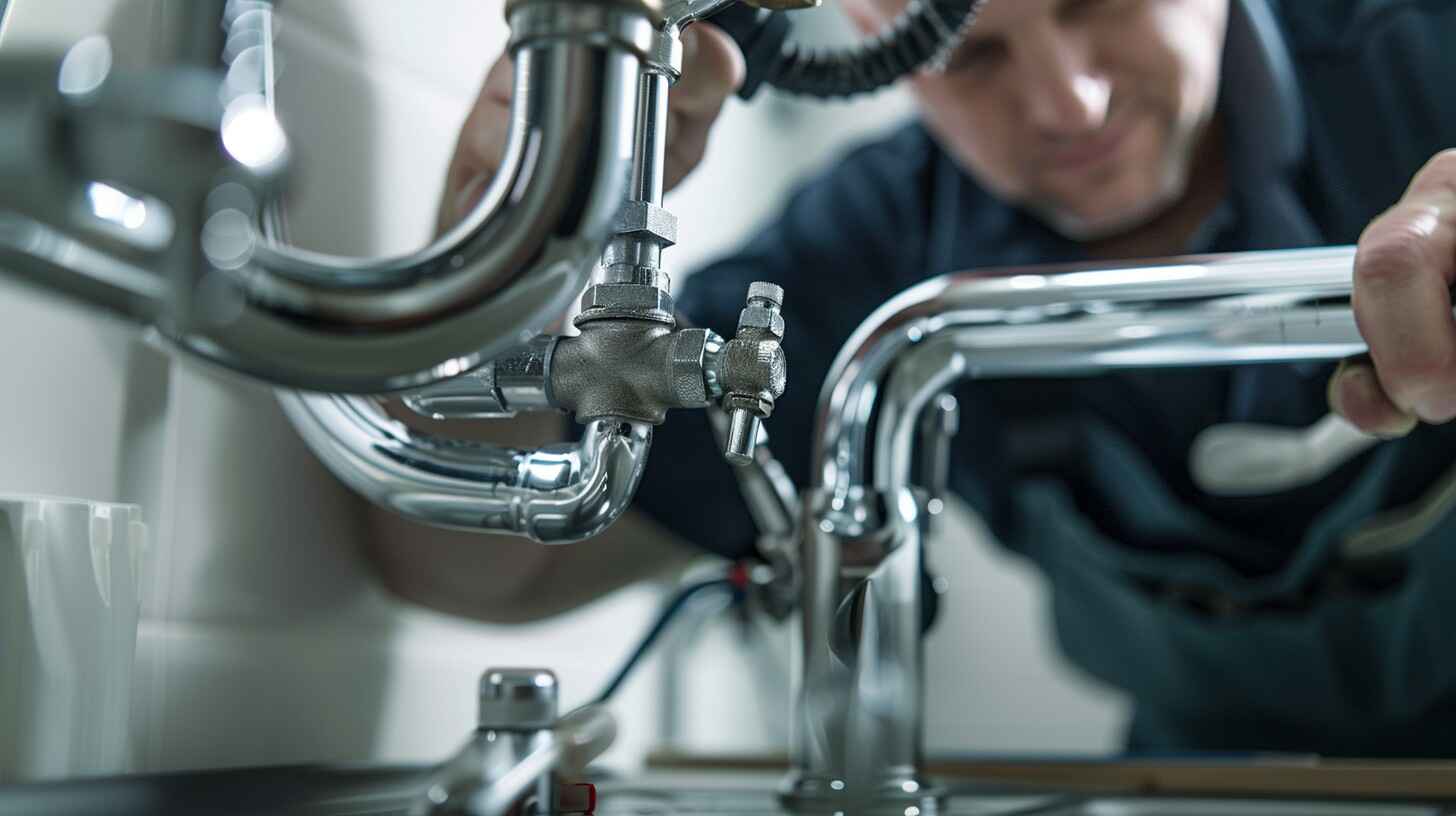
Adding a bathroom where no plumbing exists involves evaluating space, planning the plumbing layout, obtaining permits, and executing installation correctly by a reliable plumbing contractor. Evaluate available space, consider water supply proximity, and identify bathroom users and features needed. Plan plumbing layout near existing lines, adhere to building codes, and size pipes correctly. Obtain all required permits, ensuring plans meet standards. Install pipes, water supply lines, and drains accurately, test for leaks, and connect to existing plumbing. Skillful execution of these steps is vital for a successful bathroom addition project.
Before adding a bathroom where there is no existing plumbing, it is essential to thoroughly evaluate the available space and the specific needs that the new bathroom will fulfill within the property. Begin by appraising the structural layout of the property to determine the most suitable location for the new bathroom. Consider proximity to existing water supply lines, drainage connections, and ventilation options.
Furthermore, scrutinize the new bathroom’s intended purpose. Will it primarily serve guests, residents, or both? Understanding the anticipated frequency of use and the number of individuals utilizing the bathroom will aid in determining the required fixtures and amenities.
Additionally, consider the desired features of the bathroom, such as a bathtub, shower, or double-sink vanity. These elements will impact the overall layout and design of the space. You can create a functional and efficient bathroom that seamlessly integrates into your property by carefully evaluating the available space and specific needs.
When adding a bathroom where there is no existing plumbing, meticulous planning of the layout and connections is vital to guarantee a successful integration of plumbing systems. The first step is determining the best location for the new bathroom for the existing plumbing lines to minimize the need for extensive pipe installation. Consideration should be given to placing fixtures such as sinks, toilets, showers, and bathtubs to ensure efficient water flow and drainage.
Creating a detailed plumbing layout plan is essential. This plan should outline the precise positioning of pipes, vents, and drains, taking into account the local building codes and regulations. Proper pipe sizing is critical to maintaining adequate water pressure and preventing clogs. Moreover, connections to the main sewer line or septic tank must be carefully planned and executed to guarantee proper waste disposal.
Consulting with a professional plumber during the planning phase can help identify potential issues and ensure that the plumbing layout and connections are designed to meet the specific needs of the new bathroom.
When adding a bathroom with no existing plumbing, the next step involves obtaining the necessary permits and approvals for the proposed installation. Before starting any plumbing work, it is vital to check with the local building department to determine the specific permits required for adding new plumbing fixtures. Permits are typically needed to guarantee that the plumbing work complies with building codes and regulations, ensuring safety and functionality.
To obtain the necessary permits, detailed plans of the proposed plumbing layout and connections may be required to be submitted for review. These plans should outline the new fixtures’ location, the pipes’ routing, and connection points to the existing plumbing system. Before issuing the permits, the building department will assess the plans to confirm they meet the required standards.
Additionally, depending on the scope of the project and local regulations, approvals may also be needed from other relevant authorities, such as health departments or homeowner associations. It is essential to secure all required permits and approvals before commencing any plumbing work to avoid any potential legal issues or complications during installation.
One pivotal step in installing plumbing infrastructure for a new bathroom where no existing plumbing exists is to plan the layout and connections of the plumbing system carefully. This involves determining the best route for the pipes to guarantee efficient water supply and drainage. The layout should consider factors such as the location of fixtures, the distance from the main water line, and the slope for proper drainage.
Once the layout is established, the next step is to install the necessary pipes and fittings. This includes running water supply lines, drainage pipes, and vents. Using the correct materials and sizes is vital to meet building codes and ensure proper functioning. Moreover, connections to the existing plumbing system or a septic tank must be carefully executed to prevent leaks or blockages.
After the pipes are in place, testing the system for leaks and proper flow is essential before closing up walls or floors. This thorough approach to plumbing installation guarantees a reliable and functional bathroom for years.
Other Plumbing Tips:
| M | T | W | T | F | S | S |
|---|---|---|---|---|---|---|
| 1 | ||||||
| 2 | 3 | 4 | 5 | 6 | 7 | 8 |
| 9 | 10 | 11 | 12 | 13 | 14 | 15 |
| 16 | 17 | 18 | 19 | 20 | 21 | 22 |
| 23 | 24 | 25 | 26 | 27 | 28 | 29 |
| 30 | ||||||

